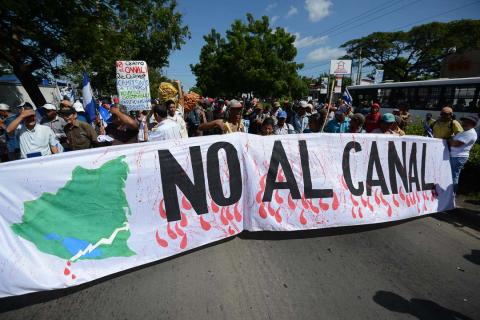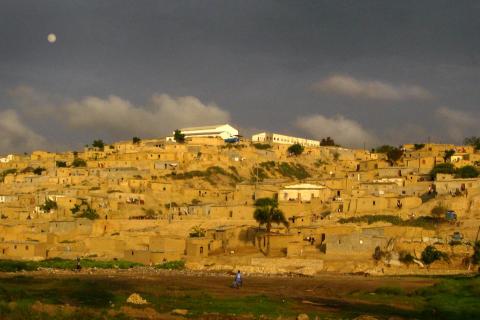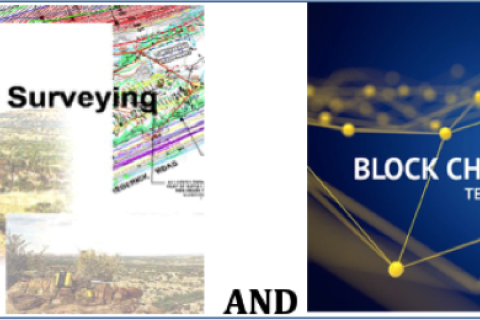Recuento del seminario web - Liderando el camino: Cómo los jóvenes indígenas combaten el cambio climático a través de los derechos a la tierra
En el marco de la serie Diálogos sobre la Tierra, tuvo lugar el primer seminario web de la serie de este año "Liderando el camino: Cómo los jóvenes indígenas combaten el cambio climático a través de los derechos a la tierra". El seminario web reunió a algo más de 200 participantes y contó con la participación de jóvenes líderes indígenas y de comunidades locales de todo el mundo. La serie está organizada por un consorcio de organizaciones, entre las que se encuentran la Fundación Land Portal, la Fundación Ford y el Tenure Facility, y este seminario web en concreto fue organizado por la organización YILAA y TINTA.








